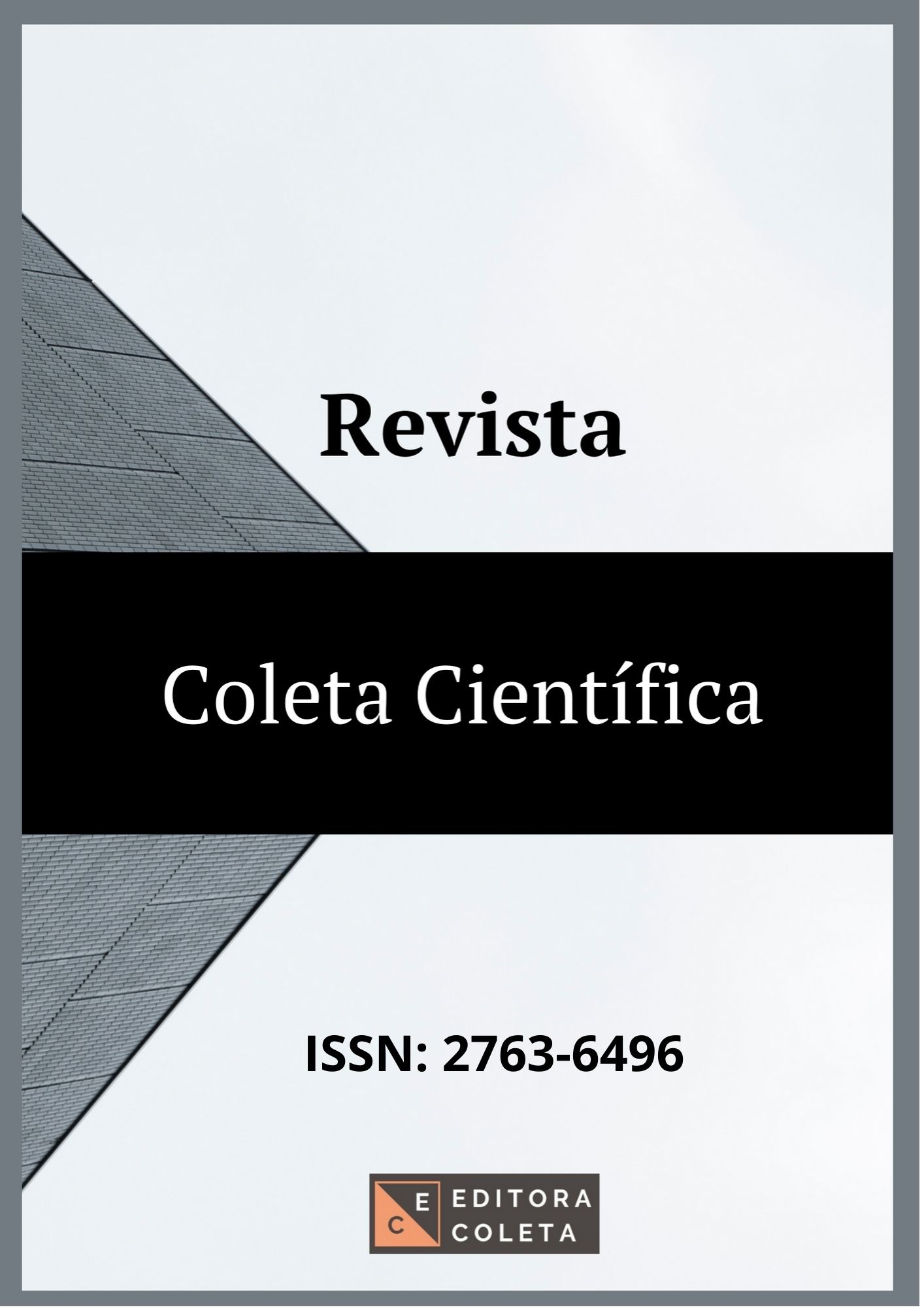THERMOGRAVIMETRIC ANALYSIS MICROPARTICLES PEQUI OIL (CARYOCAR CORIACEUM WITTM.) IN A POLYMERIC MATRIX OF ALGINATE AND CHITOSAN
DOI:
https://doi.org/10.5281/zenodo.4716820Keywords:
Encapsulation. Ionic Gelation. Thermal degradation.Abstract
Pequi oil has high level of antioxidant substances, phenolic compounds, vitamin A and E, substances that are sensitive to the presence of light and oxygen. In order to provide greater stability to these compounds, microencapsulation techniques have been applied. Microparticles have different characteristics depending on the matrix, the microencapsulation technique and the drying method used. Thermal stability of the resulting microparticles is always important for industrial applications. The objective of this work was to perform thermogravimetric analysis (TGA) of pequi oil microparticles (OP) with chitosan (QT) / alginate (AG) and alginate matrixes submitted to oven drying and freeze drying. The percentage weight loss was calculated over time. The QT/ AG/OP microcapsules showed a higher temperature and enthalpy of degradation than AG/OP, thus the electrolytic complexation of QT/AG resulted in better thermal stability. Regardless of the drying method applied, the QT/ AG/OP particles showed the first degradation peak at 375 ° C, thus this matrix was suitable for oil protection in terms of thermal resistance.
References
ABLOUH, E. H.; HANANI, Z.; ELADLANI, N. et al. Chitosan microspheres/sodium alginate hybrid beads: an efficient green adsorbent for heavy metals removal from aqueous solutions. Sustain Environ Res, v. 29, n. 5, p. 1 -11, 2019.
ASCARI, J.; TAKAHASHI, J. A.; BOAVENTURA, M. A. D. The phytochemistry and biological aspects of Caryocaraceae family. Revista Brasileira de Plantas Medicinais, v. 15, n. 2, p. 293–308, 2013.
ASCHERIO, A. et al. Dietary fat and risk of coronary heart disease in men: Cohort follow up study in the United States. British Medical Journal, v. 313, n. 7049, p. 84–90, 1996.
BHATTARAI, R.S.; DHANDAPANI, N.V.; SHRESTHA, A. Drug delivery using alginate and chitosan beads: An Overview. Chronicles of Young Scientists, v. 2, p. 192 – 196, 2011.
CAI J. et al. Processing thermogravimetric analysis data for isoconversional kinetic analysis of lignocellulosic biomass pyrolysis: Case study of corn stalk. Renewable and Sustainable Enerdy Reviews, v. 82, p. 2705-2715, 2018
COLAK, N. et al. Bog bilberry phenolics, antioxidant capacity and nutrient profile. Food Chemistry, v. 201, p. 339–349, 2016.
DA SILVA, D. A.; DE PAULA, R. C. M.; FEITOSA, J. P. A. Graft copolymerisation of acrylamide onto cashew gum. European Polymer Journal, v. 43, p. 2620–2629, 2007.
DAMIAN, C. et al. QUITOSANA: UM AMINO POLISSACARÍDIO COM CARACTERÍSTICAS FUNCIONAIS. Alim. Nutr, v. 16, p. 195–205, 2005.
DE AZEREDO, H. M. C.. Fundamentos de estabilidade de alimentos. 2. ed. Brasília, DF: Embrapa, 2012.
DE LIMA, A. et al. Composição química e compostos bioativos presentes na polpa e na amêndoa do pequi (Caryocar brasiliense Camb.). Revista Brasileira de Fruticultura, v. 29, n. 3, p. 695–698, 2007.
EMERENCIANDO, N. M. J. 53f. Avaliação da atividade antibacteriana do óleo de pequi extraído artesanalmente (Caryocar sp.). TCC (Graduação em Nutrição), Universidade Federal de Pernambuco, 2017.
GOPALAKANNAN, V.; VISWANATHAN, N. One pot synthesis of metal ion anchored alginate-gelatin binary biocomposite for efficient Cr(VI) removal. Int J Biol Macromol. v.83, p. 450–459, 2016.
HELGERUD, T.; GASEROD, O.; FJAEREIDE, T.; ANDERSEN, O.P.; LARSEN, C.K. Food Stabilisers, thickeners and Gelling Agents, A. Imeson, Ed., p. 50–71, 2012.
LIMA, A. C., BARROS, M. E. S., SOUZA, A. C. R. DE, ARAÚJO, Í. M. DA S., MAGALHÃES, H. C. R., & PACHECO, G. M. (2019). Obtenção do Óleo da Polpa de Pequi por Separação Física Utilizando-se Centrifugação. Embrapa Comunicado Técnico 254, 6.
POPA, M.I.; LISA, G.; AELENEI, N. Thermogravimetric characterization of chitosan/alginate microparticles loaded with different drugs. Polymer Bulletin, v. 61, p. 481–490, 2008.
OLIVEIRA, E. F.; PAULA, H. C. B.; PAULA, R. C.M. Alginate/cashew gum nanoparticles for essential oil encapsulation. Colloids and Surfaces B: Biointerfaces, v. 113, p. 146-151, 2014.
RAMBO, M. K. D. et al. Estudo de análise termogravimétrica de diferentes biomassas lignocelulósicas utilizando a análise por componentes principais. Ciência e Natura, v. 37 n. 3, p. 862-868, 2015.
RIBEIRO, A.J.; SILVA, C.; FERREIRA, D.; VEIGA, F. Chitosan-reinforced alginate microspheres obtained through the emulsification/internal gelation technique. European Journal of Pharmaceutical Science, v. 25, p. 31-40, 2005.
TENGKU-ROZAINA, T.M.; BIRCH, E.J.; Thermal Analysis for Lipid Decomposition by DSC and TGA. Encyclopedia of food chemistry, v.2, 345-352, 2019.
TØNNESEN, H.H.; E KARLSEN, J. Alginate in Drug Delivery Systems. Drug Development and Industrial Pharmacy, v. 28(6), p. 621–630, 2002.
XIAO, Z.; LIU, W.; ZHU, G.; ZHOU, R.; NIU, Y. Production and characterization of multinuclear microcapsules encapsulating lavender oil by complex coacervation. Flavour and Fragrance Journal, v.29, 166-172, 2014.
YAN, X.; KHOR, E.; LIM, L. Y. PEC films prepared from Chitosan-Alginate coacervates. Chemical & pharmaceutical bulletin, v. 48, n. 7, p. 941–946, 2000.
Downloads
Published
How to Cite
Issue
Section
ARK
License
Copyright (c) 2020 (CC BY 4.0)

This work is licensed under a Creative Commons Attribution 4.0 International License.



















